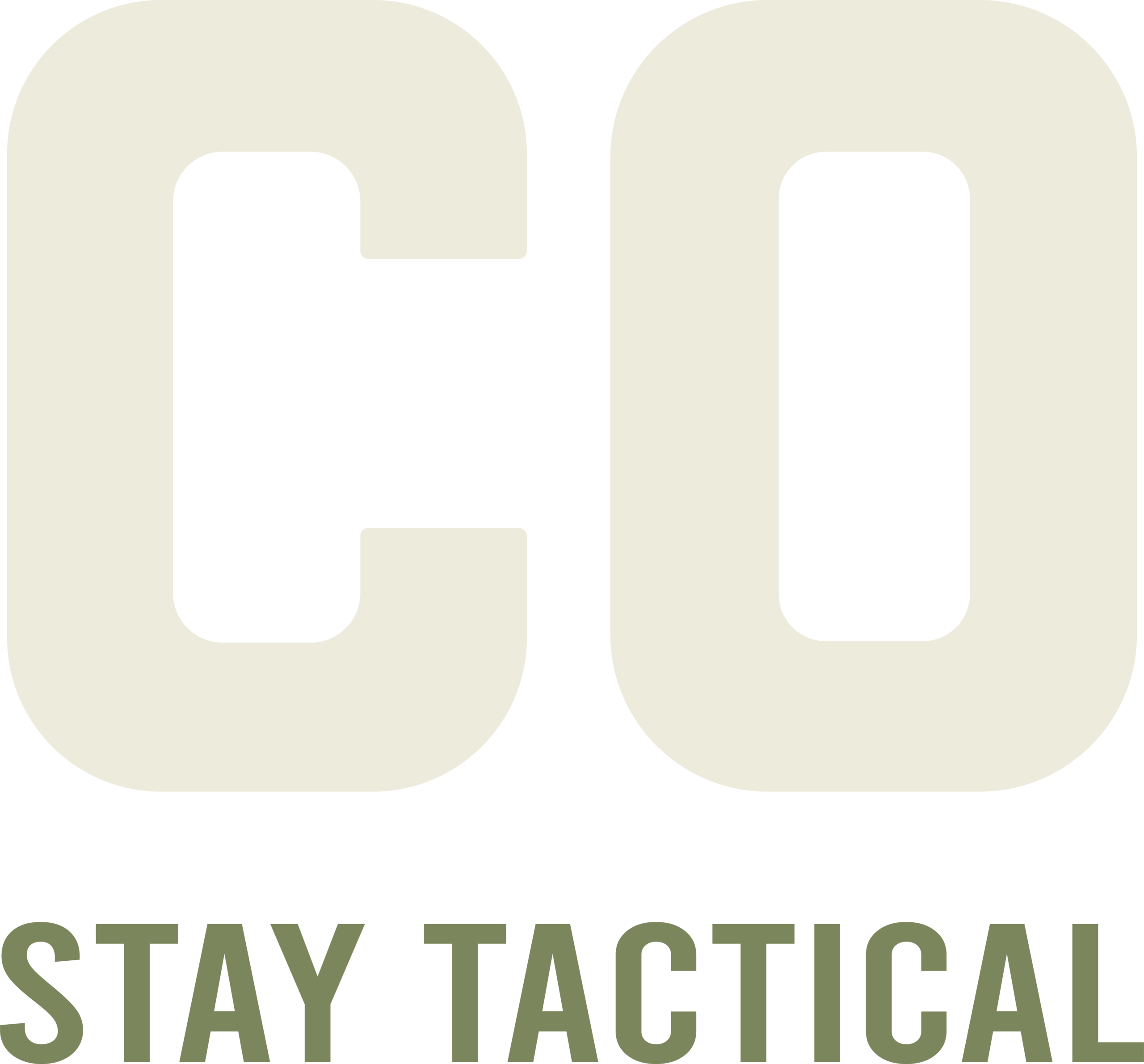Concealed weapons are a growing concern in today’s society. They refer to any weapon that is hidden from plain sight, such as guns, knives, or other deadly objects. The ability to spot concealed weapons is becoming increasingly important for personal safety, as well as for the safety of others in public spaces.
A concealed weapon can be carried by anyone, whether they are a law-abiding citizen or a criminal. People may carry concealed weapons for a variety of reasons, such as self-defense, hunting, or target shooting. However, the danger arises when concealed weapons are used for malicious intent.
The importance of spotting concealed weapons cannot be overstated. It can mean the difference between life and death in certain situations. Being able to identify a potential threat can help individuals and law enforcement agencies take necessary precautions to prevent harm.
Understanding Concealed Weapons
In order to spot a concealed weapon, it is important to understand the different types of weapons that may be concealed. The most common types of concealed weapons include firearms, knives, and blunt objects. Firearms are by far the most dangerous, as they can cause fatal injuries from a distance.
Factors to consider when spotting concealed weapons include the location, context, and behavior of the individual carrying the weapon. For example, if someone is wearing bulky clothing in warm weather, it may be a sign that they are trying to conceal a weapon. Additionally, someone who appears nervous or agitated may be carrying a concealed weapon.
Risk factors for concealed weapons include areas with high crime rates, large crowds, and public events. These environments can create opportunities for individuals to hide their weapons and use them for malicious intent.
In order to stay safe, it is important to remain aware of your surroundings and take note of any suspicious behavior. If you believe someone is carrying a concealed weapon, it is important to alert law enforcement immediately. They have the training and resources to safely handle the situation and prevent harm.
Identifying Concealed Weapons

Spotting a concealed weapon can be a challenging task, but there are techniques that can be used to identify them. The first technique is observation. It is important to pay attention to the individual’s body language and mannerisms. For example, if someone is constantly adjusting their clothing or fidgeting, it may be a sign that they are hiding something.
Behavioral cues can also be used to identify concealed weapons. These may include nervousness, aggression, or an overly defensive attitude. If someone is avoiding eye contact, refusing to answer questions, or becoming defensive, it may be a sign that they are carrying a concealed weapon.
Physical cues are another important factor to consider when identifying concealed weapons. These may include bulges or unusual shapes under clothing, such as in a person’s waistband or pockets. It is also important to be aware of clothing that is out of place or does not fit the weather conditions.
It is important to note that not all individuals who carry concealed weapons are dangerous. However, it is important to take all necessary precautions to ensure personal safety. If you believe someone is carrying a concealed weapon, it is important to alert law enforcement immediately.
Responding to Concealed Weapons
Identifying a concealed weapon can be a frightening experience. However, there are appropriate responses that can be taken to ensure personal safety. The first step is to call for assistance. It is important to alert law enforcement immediately and provide them with as much information as possible, such as the location and description of the individual carrying the weapon.
If possible, it may be necessary to evacuate the area. This can help to prevent harm to others and give law enforcement the space they need to handle the situation safely. It is important to follow any instructions provided by law enforcement or emergency personnel in these situations.
Self-defense strategies can also be used in certain situations. It is important to note that these strategies should only be used as a last resort, and only if you have received proper training. Techniques such as disarming an individual or using physical force should only be used if there is no other option for personal safety.
In order to stay safe, it is important to remain aware of your surroundings and take note of any suspicious behavior. If you believe someone is carrying a concealed weapon, it is important to take all necessary precautions to ensure personal safety.
Spotting a concealed weapon can be a challenging task, but it is an important skill for personal safety. By understanding the different types of weapons, factors to consider, and techniques for identifying them, individuals can take appropriate actions to stay safe in potentially dangerous situations.
Final Thoughts
The importance of spotting concealed weapons cannot be overstated. In the wrong hands, a concealed weapon can cause serious harm or even death. By being aware of your surroundings and taking note of any suspicious behavior, you can help to prevent these situations from occurring.
It is also important to remember that not all individuals who carry concealed weapons are dangerous. However, it is important to take all necessary precautions to ensure personal safety. If you believe someone is carrying a concealed weapon, it is important to alert law enforcement immediately.
In conclusion, we recommend that individuals take the time to educate themselves on the different types of concealed weapons, factors to consider, and techniques for identifying them. By doing so, you can help to keep yourself and those around you safe in potentially dangerous situations.

